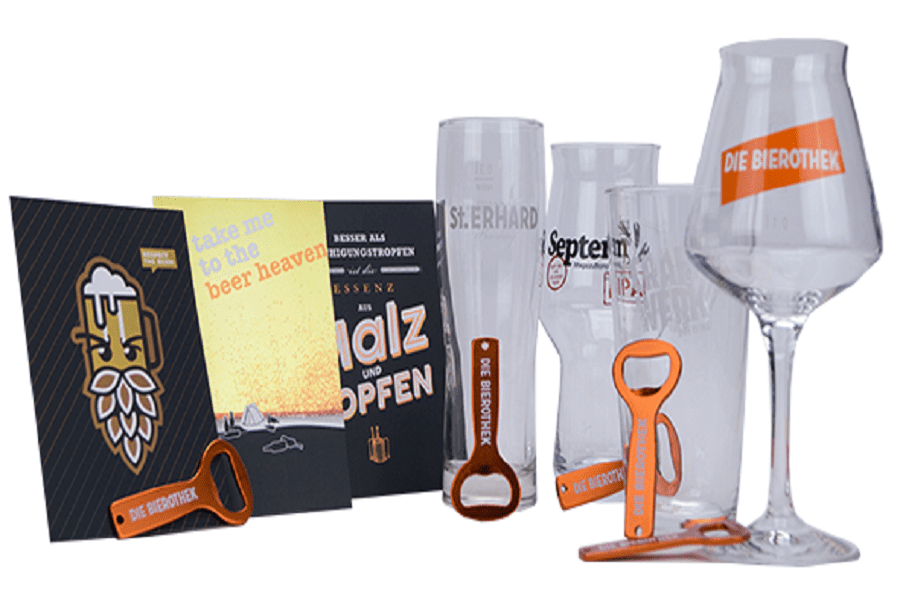Porter & Stout
The beer styles Porter and Stout are top-fermented beers, which therefore belong to the Ale family. Both styles use rusty malts and often smoked malts, as in smoked beers .
rnThe porter beer style was developed in the 18th century and has its origins in England. As the industrial revolution was taking place at this time, people with physically demanding jobs needed a quick energy supply - porter was born. Porter means "carrier of burdens", which already makes the roots of the beer clear in the name. The color of a porter ranges from dark brown to black and it impresses with caramel, sweet flavor notes. It has an alcohol content of around 4.5-6.3% and a low effervescence (low carbonation, low effervescence).
rnThe Stout beer style (English for “strong”) developed from the Porter beer style in the 19th century. The two styles are very closely related. The color of a Stout can be classified from black to deep black and it has an alcohol content of 7-12%. Just like the Porter, this strong beer has caramel, sweet aromas. Other subcategories have emerged from the original Stout, such as Irish Stout, American Stout, Imperial Stout (Lehe-Ravnodenstvie) , Milk Stout, Dry Stout, Chocolate Stout (Samuel Smith - Chocolate Stout) , Coffee Stout (Liechtensteiner Brauhaus - Club Bier 01 Coffee Stout) , Oatmeal Stout (Brehon Brewhouse - Ulster Black Oatmeal Stout) , etc. Braised roasts go perfectly with a black stout beer.
rnStouts and porters are difficult to distinguish from each other these days. Both are classified as strong beers. The most significant difference is the following: the malt in the porter style of beer is malted grain (grain is allowed to germinate and is then interrupted and dried), whereas stouts are brewed with unmalted grain (grain is ground and used without germination). Hops play a rather subordinate role in both, as the malt with its sweet, caramel notes is in the foreground.
























